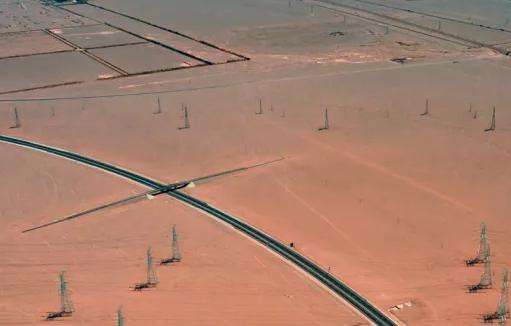Thin film solar power generation is a thin film solar cell technology.
Thin-film solar cells can be manufactured using glass, plastic, ceramic, graphite, metal foil and other low-cost materials as substrates. The thickness of the thin layer that can generate voltage is only a few. μm, so that it can receive light at the same time. Compared with silicon wafer solar cells, the amount of raw materials used can be greatly reduced (the thickness can be more than 90% lower than that of silicon wafer solar cells at present). , the highest conversion efficiency in the laboratory has reached more than 20%, and the maximum stable efficiency in large-scale mass production is about 13%. In addition to being flat, thin film solar cells can also be transformeds into non-planar structures due to their flexibility. They have a wide range of applications and can be combined with or as part of buildings in the manufacturing of thin film solar cells. cells, they can Various deposition technologies are used to grow p-type or n-type materials layer by layer. Common thin film solar cells include amorphous silicon, CuInSe2 (CIS), CuInGaSe2 (CIGS) and CdTe, etc.
Module structure
Thin-film solar modules are composed of glass substrates, metal layers, transparent conductive layers, electrical function boxes, adhesive materials, semiconductor layers, etc.
Product application
Translucent solar cell module: building integrated solar (BIPV) application
Application of thin film solar energy: power supply foldable load portable, military, travel
Applications of thin film solar modules: roofing, building integration, remote power supply, national defense
Thickness comparison
Crystalline silicon (180~250μm), single junction amorphous silicon film (600nm), laminated amorphous silicon film (400nm~500nm).
Features
1. Low power loss under the same shielding area (good power generation in low light conditions)
2. Power loss under the same lighting Less. than wafer solar cells
3. Best power temperature coefficient
4. Better light transmission
5. Higher cumulative power generation quantity
6. Only a small amount of silicon raw material is required
7. There is no internal short circuit problem (the connection was integrated during the manufacture of the battery in series)
8.than wafer solar cells
9. No worries about material supply
10 Can be integrated into building materials (BIPV)
1. The raw material of gallium arsenide solar cells is mainly gallium arsenide wafers, which are relatively expensive.
2. Production process: There are many production processes for gallium arsenide solar cells, and the costs and efficiencies of different processes are different.
3. Scale: The scale of production of gallium arsenide solar cells is also an important factor. Large-scale production can reduce costs and thus increase competitiveness.














